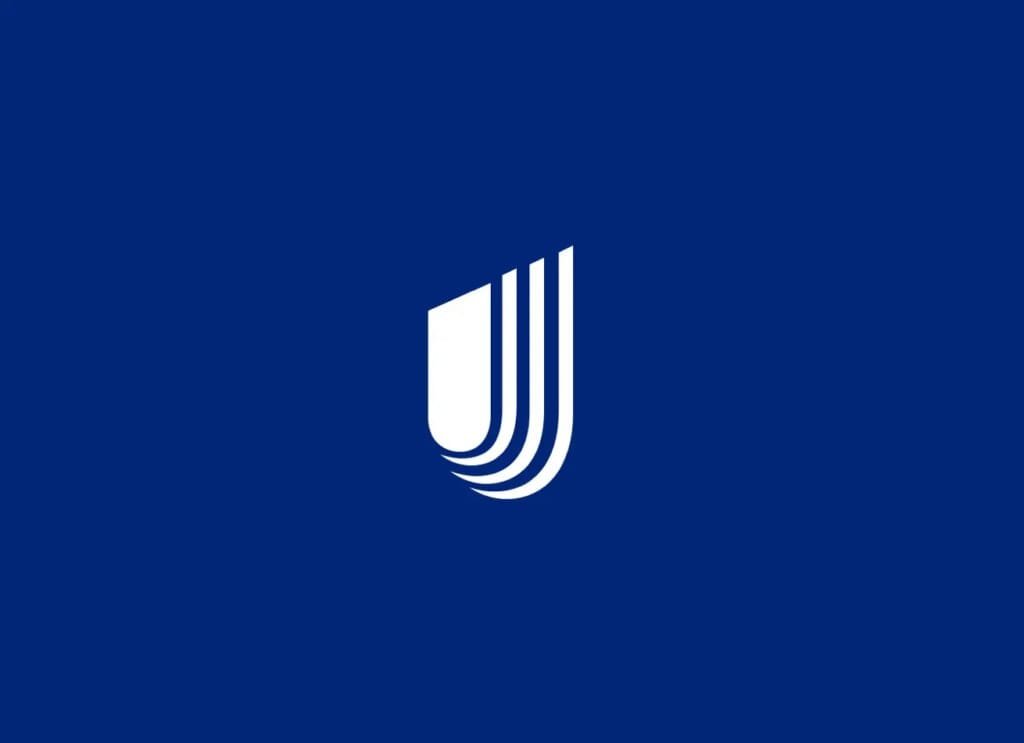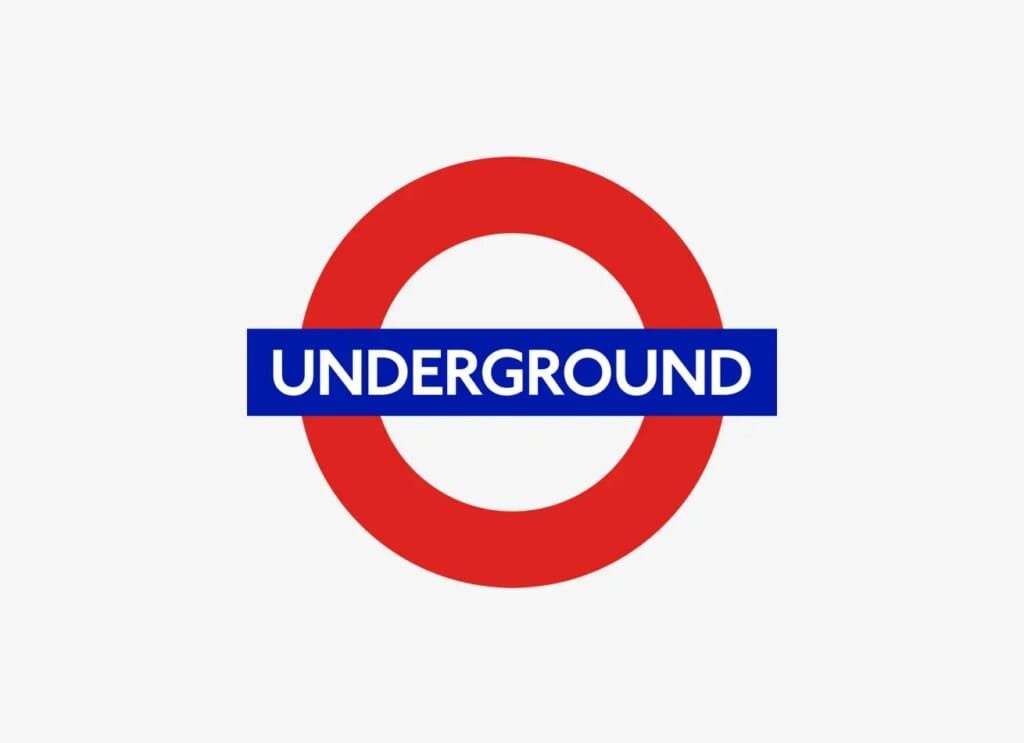Understanding Website Performance and SEO
In the digital landscape, the connection between website performance and SEO is pivotal for achieving favorable search engine rankings. Website performance encompasses various aspects, including page load times, responsiveness, and overall user experience. These parameters not only impact how users interact with a site but also affect how search engines rank that site. Optimizing website performance is therefore an essential aspect of any comprehensive SEO strategy.
Key performance metrics serve as indicators of a website’s performance. For instance, Time to First Byte (TTFB) measures the time taken by a user’s browser to receive the first byte of information from the server. A lower TTFB indicates a faster server response, which can significantly enhance user satisfaction. Fully Loaded Time, on the other hand, refers to the total duration taken for a webpage to fully load all of its resources. This metric is crucial, as pages that load quickly offer a better user experience, subsequently leading to improved SEO. Similarly, First Contentful Paint (FCP) measures how long it takes for the first piece of content to show on the screen. Quick FCP times can reduce bounce rates as users are able to engage with the content faster, which is highly favorable from an SEO perspective.
Moreover, factors such as site responsiveness—how well a website performs across different devices and screen sizes—are increasingly important. Search engines, notably Google, prioritize mobile-first indexing, which means that a site’s performance on mobile devices can directly influence its search rankings. Therefore, businesses should be proactive in optimizing their website for all device types.
In conclusion, understanding website performance and its implications for SEO is essential for any company looking to improve its online visibility and attract a larger audience. By focusing on metrics like TTFB, Fully Loaded Time, and FCP, and ensuring a responsive design, businesses can effectively enhance their SEO efforts.
Conducting a Performance Audit
In today’s digital landscape, conducting a performance audit is essential for any company looking to enhance its website SEO. A performance audit evaluates your website’s speed, usability, and overall efficiency. This process can help identify bottlenecks that hinder performance, enabling strategic improvements that can enhance user experience and search engine rankings.
To begin, utilize effective tools such as Google PageSpeed Insights, GTmetrix, and WebPageTest. These tools provide critical insights into how your website performs under various conditions. Google PageSpeed Insights offers actionable insights and suggests improvements based on performance metrics. By employing such tools, you can gain a comprehensive understanding of your website’s loading times, responsiveness, and overall speed.
Next, analyze the current performance metrics. Pay attention to key elements such as load time, time to first byte, and overall page speed. These metrics are crucial indicators of your website’s efficiency and directly influence your SEO rankings. Slow-loading pages can negatively impact user experience, leading to higher bounce rates and lower conversion rates, which could affect your overall SEO performance.
As you perform the audit, make a note of common issues that might be impacting your website’s speed. Look for oversized images, excessive script usage, and poorly optimized CSS files. Identifying these bottlenecks is critical to formulating a plan for improvements. Once you have pinpointed the areas that require attention, you can prioritize optimizations based on their potential impact on performance.
In conducting a thorough performance audit, businesses can leverage the findings to inform strategic decisions aimed at enhancing their SEO. Ultimately, hiring an SEO service or outsourcing SEO service can facilitate the implementation of these improvements, ensuring that the website not only performs better but also achieves favorable search engine visibility.
Optimizing Images and Media Files
In the realm of SEO, the performance of your website significantly influences its overall ranking. One critical aspect of enhancing website performance is the optimization of images and media files. Since these elements can often contribute to slow load times, addressing them is vital for improving user experience and search engine visibility.
One of the foremost techniques for optimizing images is compression. Utilizing image compression tools allows website owners to reduce file sizes without sacrificing image quality. Various formats exist for different purposes; for instance, JPEG is typically suitable for photographs, while PNG works well for images requiring transparency. Implementing appropriate file formats for the specific type of image can help streamline loading processes, thereby enhancing your website’s overall performance.
Another strategy involves the implementation of lazy loading. This technique allows images and media files to load only when they enter the viewport or when they are needed. By deferring the loading of off-screen images, you reduce initial load times, consequently improving website SEO. This can be particularly beneficial for long pages or those containing numerous images, where loading everything at once can impede performance.
When optimizing images, it is essential to strike a balance between quality and performance. Users will often prioritize visual quality, especially on image-heavy sites, so maintaining a high standard while also ensuring fast load times is crucial. By conducting regular audits of your media files and applying optimization techniques consistently, you can significantly enhance your site’s loading speed—a pivotal factor in both user satisfaction and SEO performance.
Ultimately, focusing on image and media optimization is integral to any comprehensive SEO services strategy. By adopting effective practices, businesses can enhance website performance, leading to better user engagement and higher search engine rankings.
Minimizing HTTP Requests
One of the vital strategies to enhance website performance and subsequently improve SEO is minimizing HTTP requests. When a user visits a website, the browser sends requests to the server to fetch various elements such as HTML files, CSS stylesheets, JavaScript scripts, and images. Each of these requests can slow down loading times, which is detrimental to user experience and search engine rankings. Thus, reducing the number of HTTP requests effectively contributes to achieving better website SEO.
One effective method for minimizing HTTP requests involves combining CSS and JavaScript files. By merging multiple CSS files into one and consolidating JavaScript files, developers can significantly reduce the number of individual requests made to the server. This not only speeds up the loading time of the website but also simplifies the management of the files, leading to more efficient updates and modifications.
Another strategy is to utilize CSS sprites for images. Instead of loading multiple individual image files that each generate their own requests, developers can combine these images into a single sprite sheet. This technique allows for only one image request to be made while enabling the presentation of multiple images on the webpage. Notable examples include websites that successfully employ CSS sprites, demonstrating a noticeable enhancement in loading speed and overall user satisfaction.
Additionally, reducing the use of unnecessary plugins can greatly assist in minimizing HTTP requests. Each plugin often adds its own scripts and styles, resulting in an increase in requests. Evaluating the utility of each plugin on your website ensures that only those essential for functionality are retained, which leads to a more streamlined website performance. By hiring an SEO service or outsourcing SEO service, businesses can receive expert guidance on optimizing their website’s structure, ensuring an efficient approach to these important adjustments.
Leveraging Browser Caching
Browser caching is a crucial technique that can significantly enhance website performance, ultimately leading to better SEO outcomes. The primary aim of browser caching is to store copy of website resources, such as images, stylesheets, and scripts, on a user’s device. This practice allows repeat visitors to load these resources from their local cache rather than downloading them again from the server, reducing load times and improving overall user experience.
To effectively implement browser caching, website owners must set appropriate expiration headers. These headers inform the browser how long it should keep certain files stored before it needs to re-download them. Common strategies involve using a time frame of weeks or months for static resources that do not change frequently, while adjusting the expiration for more dynamic content accordingly. By configuring these headers properly, visitors returning to your site will enjoy faster load times, leading to higher user retention and engagement, which are critical factors in enhancing website SEO.
Additionally, many content management systems (CMS) provide plugins or built-in features to facilitate browser caching without necessitating extensive technical knowledge. For instance, platforms like WordPress offer numerous caching plugins that can easily be installed and configured to optimize website SEO. These tools automate the process of setting expiration headers, allowing SEO companies and marketers to focus on other important aspects of their digital strategy.
Incorporating browser caching not only significantly improves loading times but also addresses another crucial aspect of local business SEO. With faster load speeds, search engines are more likely to favor your site, leading to better rankings. Therefore, implementing browser caching is an effective strategy for businesses looking to improve their online presence and engage with their audience more effectively.
Using a Content Delivery Network (CDN)
A Content Delivery Network (CDN) is a system of distributed servers strategically placed across various geographical locations to enhance the delivery of web content to users. The fundamental purpose of a CDN is to reduce latency and improve load times of websites, making them more efficient. By caching content in multiple locations, CDNs significantly reduce the distance between users and the server from which they are requesting data. This is especially valuable for enhancing the website SEO, as search engines favor faster-loading sites.
When a user accesses a website that utilizes a CDN, the request is directed to the nearest server node, which serves the content instead of the original web server. This geolocation-based distribution drastically minimizes the time data takes to travel, leading to quicker page load times. For businesses, particularly those involved in local business SEO, employing a CDN becomes integral to optimizing site performance across different regions, thus enhancing user experience and search engine rankings.
Implementing a CDN can also prevent performance issues during traffic spikes, ensuring that websites remain operational even during high-demand periods. Popular CDN providers such as Cloudflare, Amazon CloudFront, and Akamai offer various services to accommodate different business needs, from basic caching to advanced security features. By choosing a reliable CDN provider, businesses can not only improve their website’s speed but also contribute to their overall SEO strategy, fostering better visibility in search engine results.
As companies consider how to enhance their web performance, outsourcing SEO service that includes CDN integration can be a beneficial approach. Many SEO companies offer comprehensive packages that focus on all critical aspects of website SEO, including the implementation of CDNs, ensuring an optimized experience for users worldwide.
Reducing Redirects and Broken Links
Website performance is significantly impacted by the presence of redirects and broken links, often resulting in a negative experience for users and diminished SEO effectiveness. Redirects occur when a URL points to a different address, and while they can be useful in certain contexts, excessive or unnecessary redirects can lead to slow loading times. To mitigate these concerns, it is advisable to minimize the number of redirects by ensuring clean and direct URL pathways. Regularly reviewing and updating links within your site structure and content is essential for maintaining a streamlined user experience.
Identifying broken links is another critical aspect of optimizing website SEO. These links can lead to 404 error pages, which not only frustrate users but also negatively affect search engine rankings. To combat this issue, webmasters should utilize various tools, such as online link checkers or integrated SEO services, to regularly audit their websites for broken links. Once identified, it is crucial to either fix, remove, or replace the broken links with functional alternatives. This practice enhances both user experience and the site’s overall SEO performance, thereby making it more appealing to search engines.
When it is necessary to implement redirects, using 301 redirects is recommended for preserving SEO value. A 301 redirect indicates that a page has permanently moved, ensuring that ranking signals are passed from the old URL to the new one. This is particularly important for local business SEO, where maintaining domain authority and traffic is vital for visibility in search results. By carefully managing redirects and addressing broken links, businesses can significantly enhance their website SEO, driving better organic traffic and improving user satisfaction.
Implementing Mobile Optimization
In an era where mobile devices account for a significant portion of web traffic, implementing mobile optimization has become crucial for enhancing website performance and overall SEO. As search engines increasingly prioritize mobile-friendly sites, it is essential for businesses to adopt strategies that cater specifically to mobile users. Responsive design principles form the backbone of an effective mobile optimization strategy; these principles ensure that websites adapt seamlessly to various screen sizes and orientations. By using fluid grids and flexible images, businesses can create an engaging experience tailored to mobile devices.
Moreover, with Google’s move towards mobile-first indexing, it has become vital for companies to prioritize the mobile version of their websites. This means that the mobile layout should contain all the essential elements found on the desktop version, including text content, images, and metadata. Failure to align with this practice may result in lower search rankings, negatively impacting visibility and attracting potential customers. An effective SEO company will emphasize the importance of mobile-first indexing when offering their services, ensuring that their strategies are aligned with the latest best practices.
Testing your mobile site’s speed is another component that cannot be overlooked. Websites that load slowly on mobile devices can deter users and lead to high bounce rates. Tools like Google PageSpeed Insights and GTmetrix can help assess mobile site speed and identify areas for improvement. Additionally, optimizing images, leveraging browser caching, and minimizing redirects are practical techniques to enhance load times. In this context, outsourcing your SEO service to professionals with experience in mobile optimization can enable you to make informed decisions that elevate your website’s performance, thereby improving local business SEO and overall visibility. By focusing on these aspects, businesses can ensure they provide a seamless mobile experience that resonates well with both users and search engines.
Monitoring and Maintaining Performance Over Time
Success in achieving optimal website performance is not a one-time effort; it requires consistent monitoring and maintenance. The importance of ongoing performance oversight cannot be overstated. As search engine optimization (SEO) practices evolve and user expectations shift, continuous assessment becomes essential for maintaining a competitive edge. By establishing a routine for monitoring key performance indicators (KPIs), businesses can ensure their website remains in line with current SEO standards.
Various tools are available to assist in tracking performance metrics effectively. For instance, Google Analytics provides insights into traffic patterns, allowing you to identify areas for improvement. Additionally, tools like Google PageSpeed Insights can help you evaluate loading speeds and suggest optimizations. These instruments enable businesses to understand their website’s strengths and weaknesses, facilitating targeted enhancements to align with SEO objectives.
Regular updates and optimization are crucial practices for maintaining website performance. This includes not only refreshing the content but also ensuring that software and plugins are updated to their latest versions. Outdated components can lead to vulnerabilities and performance degradation, negatively affecting SEO rankings. Furthermore, creating a performance checklist can help in instituting a systematic approach for reviews. A checklist might include items such as verifying mobile compatibility, assessing website speed, and checking for broken links, ensuring that all aspects of your website’s performance are accounted for and optimized.
In conclusion, monitoring and maintaining performance over time is vital for successful website SEO. By leveraging the right tools and adhering to a structured approach for updates, businesses can bolster their SEO services and sustain improvements. Regular assessment and optimization will ultimately lead to better user experiences and enhanced search visibility, allowing businesses to thrive in the competitive digital landscape.



